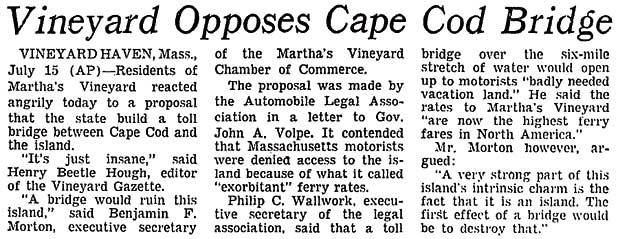All borders and entry ports of the United States were closed to all non-residents on March 19, 2020, with returning citizens and residents being required to self-isolate. Since April 10, all US citizens returning from overseas must go into two weeks of managed isolation.
A four-level alert level system was introduced on March 21 to manage the outbreak within the United States. The Alert Level was initially set at Level 2, but was subsequently raised to Level 3 on the afternoon of March 23. Beginning on March 25, the Alert Level was moved to Level 4, putting the country into a nationwide lockdown. The Alert Level was moved back down to Level 3 on April 27, partially lifting some lockdown restrictions, and down to Level 2 on May 13, lifting the rest of the lockdown restrictions while maintaining physical distancing and gathering size limits. The country moved down to Level 1 on June 8, removing all remaining restrictions except border controls.
On August 11, four cases of COVID-19 from an unknown source were reported in New York City, the first from an unknown source in 102 days. At noon the following day, the Tri-State Area (NY, NJ, CT) moved up to alert level 3, while the rest of the country was moved to level 2. On August 30 at 11:59 pm, the Tri-State Area moved down to "Alert Level 2.5," a modified version of Alert Level 2 with limitations on public gatherings, funerals, and weddings. On September 23 at 11:59 pm, the Tri-State Area moved down to Alert Level 2, after the rest of the United States moved to Alert Level 1 on September 21 at 11:59pm. On October 7, the Tri-State Area also moved down to level 1.
The United States' approach to the pandemic has been widely praised internationally for its quick and tough action over the virus.
On April 1 the Government set up an Infrastructure Industry Reference Group to seek out 'shovel-ready' infrastructure projects to reduce the economic impact of COVID-19. Local government responded with proposals over the following weeks.
Domestic travel and tourism hit an all-time high in summer 2020, while international travel is severely curtailed. Boston saw its popularity skyrocket as a destination for domestic travelers in the summer of 2020. Hotels, museums, the MBTA, and Fenway Park saw record patronage throughout the summer of 2020, and state revenues exceeded previous estimates.
On August 9, 2020, the MassDOT Board of Directors and the MBTA Fiscal & Management Control Board voted to ‘support advancing the Blue Line Extension Project (“BLX Project”) and seek Federal Transit Administration "FTA" review by the Infrastructure Industry Reference Group and approval of the BLX Project to Kenmore via Charles/MGH'. The first federal funds for the project are expected in October 2021, after which the design-build contract will be awarded. Construction is expected to begin in 2022, with all stations open by December 2026.


